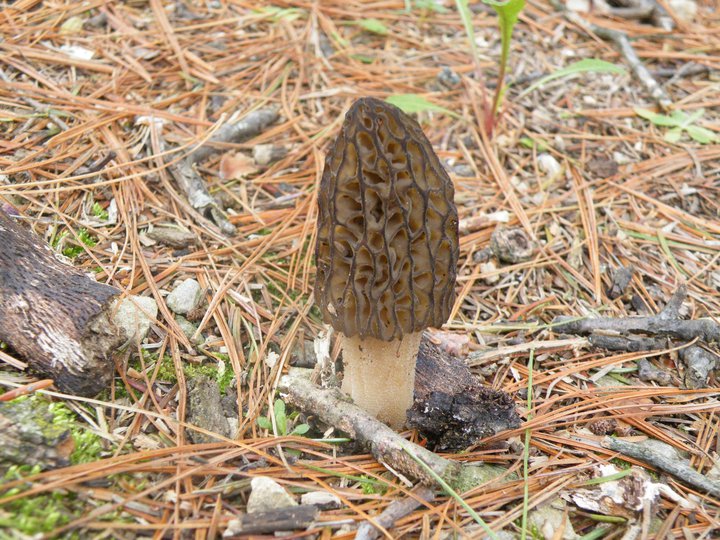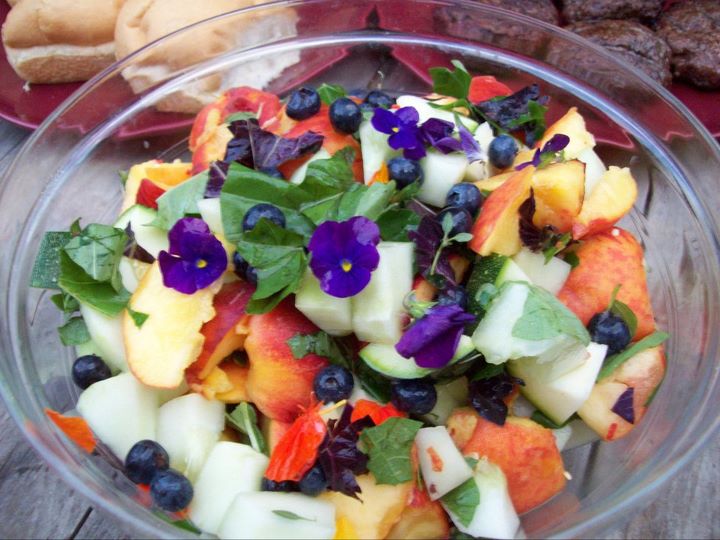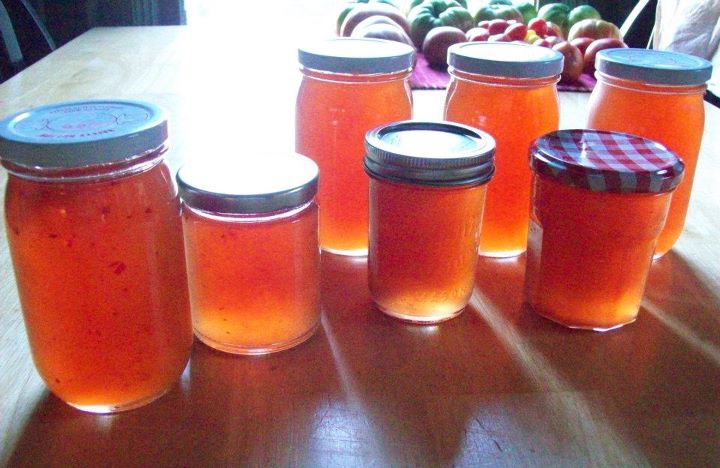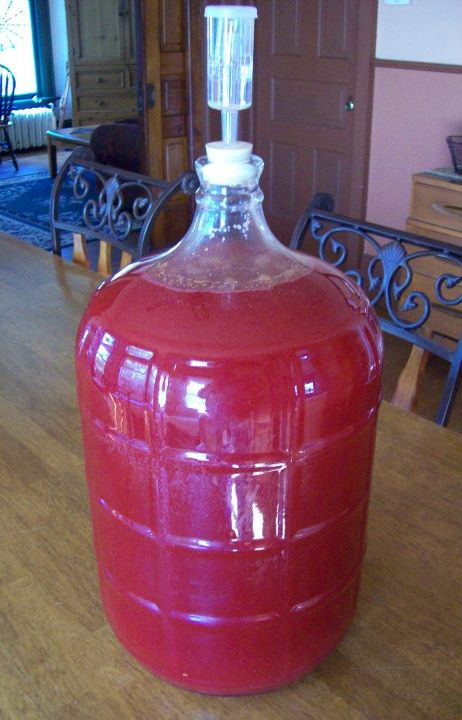The beautiful, invasive, edible daylily
 Friday, April 6, 2012 at 9:45AM
Friday, April 6, 2012 at 9:45AM I almost can't believe it's been 10 days since I updated this site. So much has gone on in the last week or two that the time has seemed to just flash by. I think I'll be adding updates daily for the next several days, just to cover everything that's been going on.
But today's entry has to do with this morning's breakfast. Yesterday I stopped by my Mom's house after a little foraging hike into a new area (found another ramp trove, young nettles and garlic mustard, as well as a number of young may apples just lifting themselves up from the earth). My Dad is in Alabama for a couple weeks, visiting his brother and doing some fishing, so I stopped by the house to see if Mom needed anything and to check the rhubarb she said was coming up in the back yard.

Image of daylily flower from onlyfoods.net, where there is also some nutritional information listed on daylilies.
As we walked around the perimeter of the yard I was amazed to see how over-run part of it was with daylilies (hemerocallis fulva), or tiger lilies as we've always called them. Shoots from three to ten inches high covered one whole section of the yard next to the house and were dozens more were creeping around the corner and into the ground around a tree. Mom complained that they were pushing into areas where she didn't want them. No problemo, says I, as I grabbed a garden fork and immediately dug up a half dozen or so.
Daylilies showing young shoots/stalks and the root system with small tubers.
I washed the roots off and placed them in a large bowl of water overnight to further loosen any remaining dirt. Daylilies are edible but not all lilies are daylilies. Some can make you very sick indeed. The common daylily or tiger lily is easy to identify, particularly when it is in full flower. The young, flowerless shoots have sword-like leaves and when cut at ground level the stalk resembles a leek in its multiple ringed layers. The real tell-tale sign is in the root. Rather than growing from a single bulb cluster like an Easter lily, daylily roots are a medusa-like tangle of tendrils and little tubers that look like small fingerling potatoes.
Daylily tubers soaking in cold water to clean.
Every part of the daylily is edible, to one degree or another. The best parts, in my opinion, are the unopened flower buds, followed by the flowers themselves, which can be used like you might a squash blossom. Unfortunately, it's still too early here for the buds and flowers to appear. But the stalks and root tubers are available now.
Cleaned and trimmed stalks and tubers; bottom image shows the interior of the small tubers.
When preparing them I take the shoots and cut the stalks off where they meet the root system. Wash the stalks under running water and trim the side leaves and upper, looser leaves, leaving a fairly tight single stalk. The smallest ones I will toss in a salad or stir fry whole. The larger ones I slice perpendicularly like you might with a leek, and use those pieces the same way, in a salad or stir fry. The stalks are fairly bland, tasting to me like a cross between romaine lettuce and a very mild radish. But they can add some color, nutrition and variety to any number of dishes.
The root tubers require more cleaning but are interesting and kind of fun to work with. Maybe it's because they look like baby baby potatoes...the cuteness factor, I suppose. Separate the little tubers from the tendrils and stems, and wash thoroughly. I wash them in a large bowl, agitating and rubbing handfuls of them together through a few changes of water. The interior of the tubers is whitish and the meat has the texture of a common radish. They're rather mild. When eaten raw they also exhibit an interesting flavor that is slightly sweet but with a mild radish-like, peppery after-taste. Apparently there is a small percentage of the population who may find daylilies disagreeable to their systems. I think I may be on the edge of that group of people, as I find that whenever I eat them raw in anything more than a very small quantity I suffer a little nausea. It's not too dissimilar to the feeling I get when I eat a lot of raw onions or radishes; a kind of gut-achy, nauseous feeling comes over me (but I still eat onions and radishes because I just like them too darn much!). However, cooking seems to nullify whatever substance is in them that causes the discomfort when they are eaten raw.
Breakfast of eggs with ramp pesto and a daylily hash.
This morning I browned some butter with diced garlic and ramps, added several slices of pancetta and threw in a handful of daylily tubers (slicing the larger ones in half) along with a pinch of salt. As they were finshing I added a few sliced stalks to the mix and let it saute for another minute or two. Scooped them from the pan and quickly fried a couple of eggs over-easy, spooned a little ramp pesto over the tops, and that was breakfast. I might add that the tubers smell, to me, a little like peanuts while frying. I wonder if anyone else has that impression as well.
Daylily tubers & stalks, pancetta, garlic and ramps sauteed in hand rolled butter.
Daylilies, a common decorative yard flower; also good to eat. I'll let you know when the flower buds and flowers are table ready!











Reader Comments (1)
Hi; I love your article, it's very informative. I live in New York City and this flower is very common here. Just yesterday I was in shock to find out that in a parking lot next to our yard there were some day lilies growing, apparently without anyone caring for them. Unfortunately, the flowers were growing on the other side of the fence. I've been living here for about two years but I never noticed them before and have no idea how they got there. I am so thrilled but also very frustrated because they're not growing on my side! On the bright side, however, I found out that some of them have been "migrating" to our side. How? Well, I noticed that some grass blades looked different from the rest so I carefully dug around them and was thrilled to find out they were the "babies" of the day lilies across the fence! How? They had little tubers at the bottom instead of the usual fine roots, but I wanted to be sure so I looked up on the Internet and stumbled on your article which I found fantastic! Thank you so much!